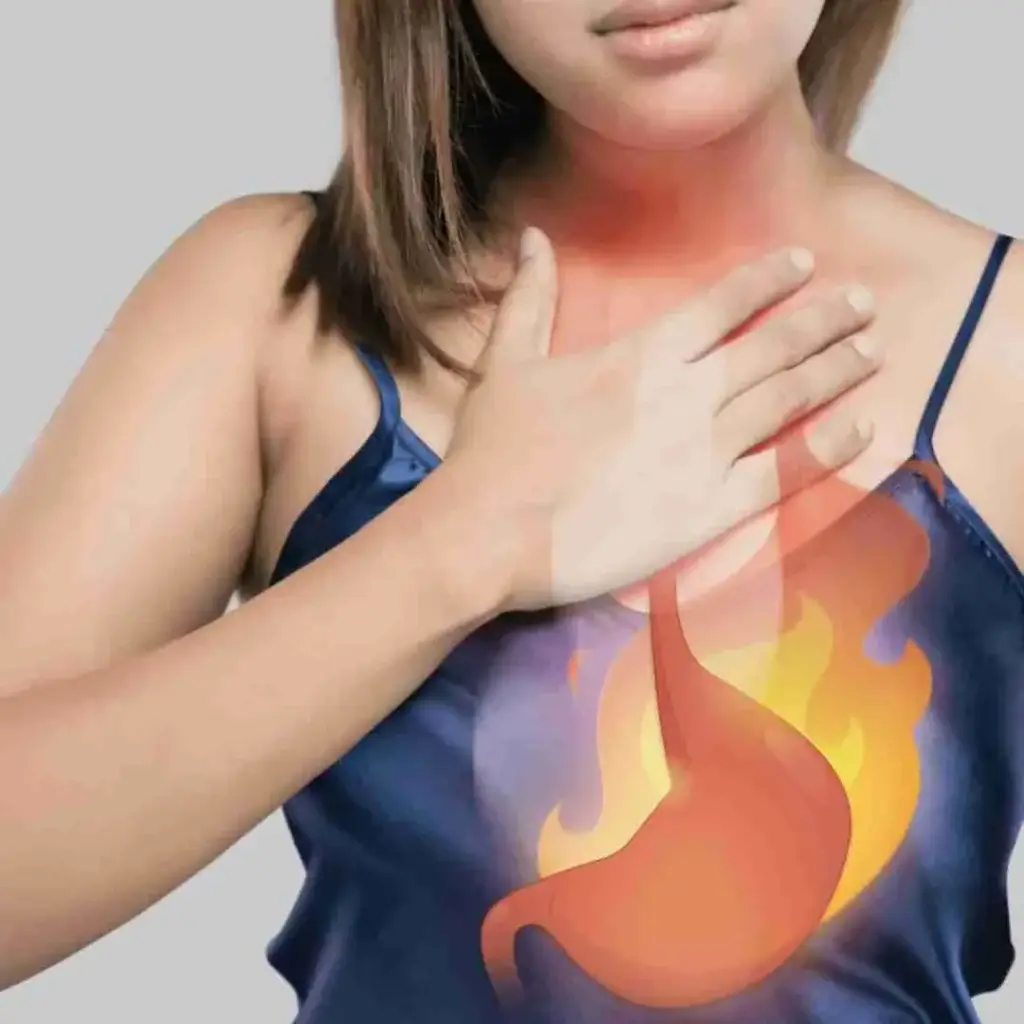Early migraine warning signs provide an opportunity for many migraine sufferers to ward off a painful attack. Catching and treating migraines early can make all the difference.
PREDICTING A MIGRAINE
There are 4 distinct phases to a migraine: Prodrome, Aura, Pain and Postdrome. Not everyone experience all 4 stages of a migraine. It is during the first two phases (prodromal and aura) that you get hints that a migraine is coming, and recognizing these hints (symptoms) may give you the edge you need to fight back and either prevent the migraine entirely or decrease the severity and or duration of the pain phase (which is obviously the most debilitating and problematic).
These symptoms, called the prodrome phase, are usually considered ‘warning signs’ that alert the person of an impending migraine episode.
Stage 1 – The Prodrome
– About 65% of migraine sufferers experience emotional or physical symptoms two hours to two days before the pain phase starts.

Phase 1 of Migraine: Prodrome
These symptoms can occur in migraineurs with and without aura.
- Fatigue
- Yawning
- Appetite changes
- Altered mood – depression
- Aphasia (trouble speaking/comprehending words)
- Muscle Stiffness – especially in the neck
- Appetite changes
- Digestive changes – (some sufferers vomit up food they ate quite a while ago)
- Irritability
- Euphoria
- Food cravings
- Constipation
- Diarrhea
- Sensitivity to odors, noise and light
- Increased urination
- Sleep disturbances
Physicians who specialize in migraine treatment find that only 30% of sufferers recognize that they have one or more of the “prodrome” symptoms until they are actually told what symptoms to look for. Once informed then up to 80% of sufferers report having one or more of them.
Stage 2 – The Aura
Less than half of migraine sufferers experience the aura stage, neurological symptoms marked by sensory disturbances. Most aura’s are visual, but speech, hearing or motor abilities can be affected as well. During this stage, about one-third of patients see flashing lights, wavy lines and blind spots in their field of vision (called scotoma) for a few minutes to a few hours before the pain stage begins. Some also have temporary trouble speaking or feel tingling or numbness on one side of the face or feet called parathesias. Others may develop a hypersensitivity to touch.

Stage 3 – The Pain
Onset of pain can start within minutes or sometimes hours of the commencement of the aura stage. The migraine or headache phase is marked by throbbing or pulsating pain – typically on one side of the head – though it can become so intense that many people feel it in and around the entire head and face. This phase can last up to 72 hours, and the pain intensity varies from mild to excruciating. Besides head pain, other symptoms during this phase can include:
• Nausea or vomiting
• Anxiety
• Insomnia
• Sensitivity to light (photophobia)
• Sensitivity to sound (phonophobia)
• Sensitivity to smell and touch
• Temporary loss of vision (ocular migraines)
• Dizziness and vertigo
Stage 4 – The Postdrome
During this stage of migraine, even though the pain is gone, some sufferers can feel exhausted, depressed and/or, residual neck pain. Some people refer to this as the “migraine hangover.” More than 1 in 8 migraine sufferers experience a postdrome. This stage usually starts the day after the migraine and lasts a day or less. Some symptoms may include:
• Fatigue
• Trouble concentrating
• Neck stiffness
• Muscle aches
• Malaise
• Mild headache
What to try when you notice any of the symptoms in either the “prodrome” or “aura” phases-
If you haven’t realized it already, it is advantageous to experience either or both of these stages because they can both serve as a type of “advanced warning” system that a migraine is imminent.
It is to your advantage to try to address preventing your migraine as early as possible, so focus on the 13 symptoms listed in the prodromal section.
If you don’t experience any of these, but do experience the symptoms listed in the “aura” section, then that’s when you can start trying the following techniques to prevent your migraine from occurring:
TECHNIQUES TO TRY BEFORE THE PAIN SETS IN:
(None of these techniques work for everybody. You will need to experiment to see which of them help you the most.)
1- H2O – Drink plenty of room temperature water to make sure you are well hydrated.
2- EAT Slow Release Carbohydrates such as a banana, crackers, toast or pinto beans
3- BREATHE – If you feel stressed, try meditating if you know how, or try these breathing exercises:
Stress Reducing-Breathing:
The depth and rate of our breathing respectively decrease and increase when we are stressed. This can deplete oxygen flow to the body and the brain. Please do this breathing exercise exactly as it is described at least 3 times a day:
Blow your breath out through your mouth and then seal your lips. Breathe in slowly through your nose for 10 seconds while expanding your chest. Hold it for 30 seconds while trying to think about “nothing”.

At the end of 30 seconds then slowly expel the breath you were holding, through your lips over a 15 second interval. Notice how your entire body relaxes throughout this breathing exercise especially during the exhalation segment.
Repeat this sequence at least 3 times in a row, working yourself up do doing it 5X in a row, three times a day.
Perhaps have someone massage you (if massage relaxes you.) Try taking a warm (not hot or cold) bath.
4- REST – Lie down away from noise, light or any known trigger factors
5- ESSENTIAL OILS – Try applying essential oils of peppermint or lavender to your temples, forehead and or neck, for a tingling/cooling sensation and aromatherapy effect. The MigreLief Migraine Stick roll-on is a convenient combination of soothing essential oils; Peppermint, Lavender, Spearmint and Rosemary in a Jojoba oil base.
6- IBUPROFEN – If you believe that one of the prodrome symptoms is a reliable indication that you are going to get a migraine you may want to try ibuprofen if you experience the symptoms of the aura phase. (Of course you should confirm that it is OK taking any medication with your physician.)
7- DIETARY SUPPLEMENTS – Certain vitamins, minerals and herbs promote a healthy inflammatory response, help reduce blood platelet aggregation, relax blood vessels and help with cells’ energy production thus addressing the dysfunctional processes in the brain before and during a migraine attack. They include, ginger, feverfew, magnesium, riboflavin and boswellia serrata.
8- GET OFF THE COMPUTER – Stop working on your computer. The flickering or flashing lights of a computer screen is a trigger to some migraine sufferers.
9- WALK – If it’s not too hot or cold, get out and take a walk at a moderate pace for 10 minutes.
Please remember that none of the above suggestions works for everyone. You will have to experiment to see if one or more of these techniques works for you.


